The idea of solar roadways has been around for a while, and I haven’t said anything about it because I thought it was self-evident how stupid it was. I was wrong. The Indiegogo page raised $2.2 million and recently, prototypes have been built, to much applause from the environmentally-minded. So now, instead of just being a moronic idea, this is a moronic idea that a lot of people are giving a lot of money to. And since I am sick and tired of the collective societal delusion surrounding this FLAMING GARBAGE PILE OF AN IDEA, I’ve decided to point out the myriad flaws with it.
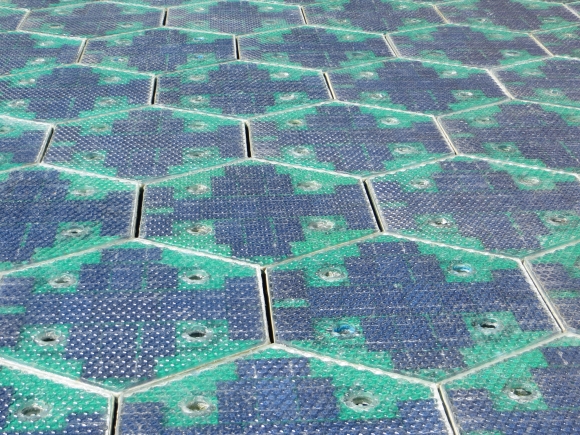
First, let’s establish exactly what we’re talking about here. It’s pretty self-explanatory. It’s a solar panel that you put on the road. Actually, it replaces the road surface entirely. From their website:
Solar Roadways® (SR) is a modular system of specially engineered solar panels that can be walked and driven upon.
So now we know we’re on the same page. You install these instead of laying asphalt or concrete, and they generate power when exposed to the sun. According to their website, these solar panels also have built-in heating elements to prevent snow and ice buildup, built-in LEDs to display road lines and even warning signs and detours, sensors that allow them to detect wildlife, channels that allow them to collect water, enough strength to withstand the heaviest of trucks, and imperviousness to potholes. Let’s get started, shall we?
1. Lighting
Solar Roadways (SR) says that their roads won’t need to be painted, because they’ll use LEDs to make their tiles display lines, like so.
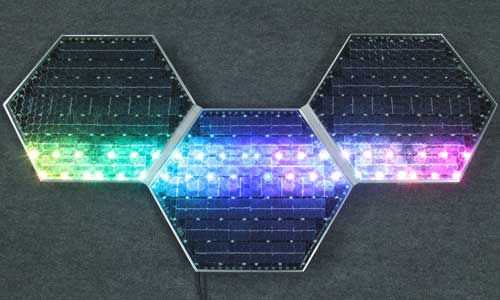
To prove that that’ll work, they cite a study, saying “Solar Roadlite LED Road Studs™ in the UK have been shown to reduce nighttime accidents 70%.” Solar Roadlite is a different company, but they do indeed say that, and I can’t find any reason to believe they’re lying. The key there is nighttime accidents, though. Doesn’t say a damn thing about daytime. And I find it very hard to believe that these little lights are going to be sufficiently visible in broad daylight to make for a satisfactory road line. In fact, the company that makes Solar Roadlite lights (whose website is appalling) shows it exclusively used in conjunction with existing road lines. Even in areas of the southwestern United States where road reflectors are ubiquitous, there are still lines painted on the road. And do you really think that lawmakers are going to let electricity be the sole source of road lines? What if they fail? What if there’s not enough power to run the lights?
The second problem is that the LEDs in SR’s panels are pointed straight up, not toward cars like existing light and reflector systems. Not only will that increase light pollution, but it’s less effective at actually showing people the lines. Even if the little glass bumps on top of each panel scatter light sufficiently, it’s really hard to see an LED light on the road in broad daylight.
And finally, there’s the matter of power. SR says elsewhere that the LEDs will be powered by the grid, so really it’s just chipping away at the bottom line of energy production, but that’ll add up.
2. Heating
The power demands of the LED lighting, however, are nothing compared to the power demands of melting snow.

Just so I’m not accused of a straw-man argument here, I’ll tell you exactly what SR is saying about their panels:
Solar Roadways® panels have an integrated heating component. The heating system in Solar Roadways® maintains a temperature above freezing. This keeps the road free of snow and ice. Since more than 70% of the U.S. population lives in snowy regions, this system is crucial to maintain safe road conditions…The electronics in Solar Roadways® are divided into separate systems. Each panel’s heating element and LEDs are driven by the grid/storage system, not by the solar cells directly. The solar cells place the harvested energy on the grid/storage system. The systems are independent of one another. This is important because the heaters/LEDs must work at night when the solar cells are incapable of producing power…The heaters only have to keep the surface warm enough to prevent snow/ice accumulation. The panels will not be heated to the extent of being warm to the touch.
Ok, so the heating components are powered by the grid. And they’re only heated to the point of melting temperature, like a car’s rear windshield. They don’t have to evaporate water, they just have to melt ice. Let’s run some numbers, shall we?
Let’s assume it’s winter in Colorado. It’s 25 degrees out, and it’s night time so the sun isn’t helping. A storm has rolled in, and it’s snowing at a rate of about an inch per hour (I live in Colorado and can promise you that this will happen at least once a year, probably more). According to this worksheet from NASA, snow in those conditions is about 1/15 (6.7%) water. So that’s .067 inches of water per hour, or 158 cubic centimeters of water, per square foot, per hour. I switched units because specific heat capacity is always in metric and it’ll make the next bit of math easier. Some of you are having nervous tics as a result. Deal with it.
But of course, it’s not water. It’s frozen. 158 cubic centimeters of water weighs 158 grams, so really we’re working with 158 grams of ice, all of which has to be melted from a starting temperature of 25ºF (-3.9ºC). There are actually two components to this math problem: heating up the ice from -3.9ºC to 0ºC, and then melting it. I’ll go through them one at a time.

First, we need the specific heat capacity of ice, which is 203 joules, per degree of temperature change, per 100 grams of ice. Running the numbers on that gives us a result of 1,250 joules to get the ice from -3.9ºC to 0ºC. But it’s still ice. To melt it, we need something called heat of fusion. For water, that number is 333.55 joules per gram. You’ll notice that that’s far higher than the specific heat capacity of ice. That’s just one of the many magical results of water’s polar molecules. Anyway, that means that to melt our 158 grams of ice, we need another 52,700 joules, for a total of 53,950 joules of energy, per square foot, per hour to melt the snow as fast as it falls.
Now, it makes sense to think of this in terms of the size of each SR panel, since the roadways are supposed to be modular. According to their website, “Each of the SR full-size hexagonal panels covers an area of about 4.39 square feet.” So that means that to keep up with our hypothetical Colorado snowstorm, each panel will need to use 236,840 joules of energy per hour.
That’s a lot of energy. According to Wolfram|Alpha, my go-to utility for doing math I don’t want to do, it’s 65.79 watt-hours of energy. Since our original time frame was per hour, that handily works out to a sustained power output of 65.79 watts per tile, all of which is coming off the grid. For a standard 9’x18′ parking spot, it’s about 2660 watts, or the equivalent of two hair dryers running nonstop. For my apartment building’s 90-car parking lot, it’s 482,000 watts, or enough to power about 120 homes. And for one mile of four-lane road with shoulders (76 feet wide), it’s 6,621,000 watts.
Think about how big that number is. That’s enough power to run up to 2200 homes. It’s on par with train engines. It means that keeping my tiny 8-mile commute free of snow during that storm would require as much energy as is produced by two Los-Angeles-class nuclear submarines.

Do these numbers sound absurd? Good. They should sound absurd. They are absurd. And that’s from a relatively mild hypothetical storm. We had a storm in April that dropped forty-six inches of heavy snow on the highways in the mountains. Imagine those power estimates going up by a factor of about five. That is why, everywhere that snow falls regularly, NO ONE HAS EVER TRIED TO MELT IT. We shovel it and plow it and put gravel on top of it and make huge piles of it in parking lots and just deal with it until May, when the Sun finally takes care of it. Melting snow is a preposterously inefficient proposition. And given that peak power output for each panel is 46 watts, compared to the 65 they’ll have to burn, the roads are operating at a huge loss.
This is a promise that Solar Roadways absolutely, inarguably, unequivocally can not deliver on.
3. Cost and Time
Unsurprisingly, SR haven’t given us any numbers on cost. Here’s their official line:
Cost is still a moving target and will continue to come down over time as we take on more and more of the manufacturing in house.
So that’s useless. Their Indiegogo campaign didn’t mention costs either, which means that almost 50,000 people gave an average of $50 apiece to a company that has no idea what it’ll cost to actually make their product. The closest thing we have is an estimate from Scott Brusaw in 2010, when he estimated $10,000 for a 12-by-12-foot section of SR panels. Assuming he was including installation—and he probably wasn’t, given that all these panels will have to be wired into the grid as well as installed on the road—that’s roughly $16 million per mile of two-lane road. According to the Ohio Department of Transportation, paving costs for that same road would be roughly $240,000.
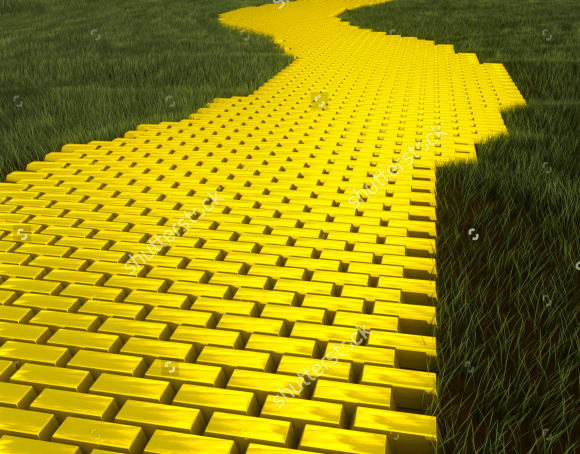
That means that it costs over 65 times as much to pave a road in SR panels as it does to use good old-fashioned asphalt. And then there’s the matter of timing. A mile of two-lane road is going to require over 50,000 panels, all of which have to be laid down and connected to each other and the grid. Even if there were a machine that could automate that process—there isn’t, and SR hasn’t mentioned plans to make one—the process will almost certainly take far longer than putting in asphalt roads.
I’ll do a very rough estimate. Recently, CDOT finished a project to replace roughly 30 miles of road from Denver to Boulder, eight total lanes wide. It took four years. If we assume that the project was underway for 3000 hours a year (12 hours a day, 50 hours a week), that’s 12,000 hours. To cover that same amount of area with SR panels would take 2.7 million panels, meaning they’d have to be laid at a rate of one panel, fully installed, every 16 seconds. There is simply no way in hell that’s possible. Even if they were as easy to install as LEGO bricks, it’d take a minute or two per panel to install, and that means that same project would have taken up to 30 years to complete.
And no matter how well-designed, they can’t just snap into place. Remember, they’re supposed to be “intelligent.” They can automatically warn drivers if there’s an accident ahead, or automatically re-route lane lines around construction or other obstacles. That means that some kind of central processing is going to have to know where every panel is in relation to every other, like pixels on a computer screen. You can’t draw a line down a row of panels unless you know which panels are next to each other.

4. Return on Investment
This is kind of important. Roads don’t pay for themselves, which SR are quick to point out. In fact, in the pros and cons column on their website, they make it abundantly clear that these roads are supposed to generate a net gain in energy. If they don’t, they’re kind of pointless.
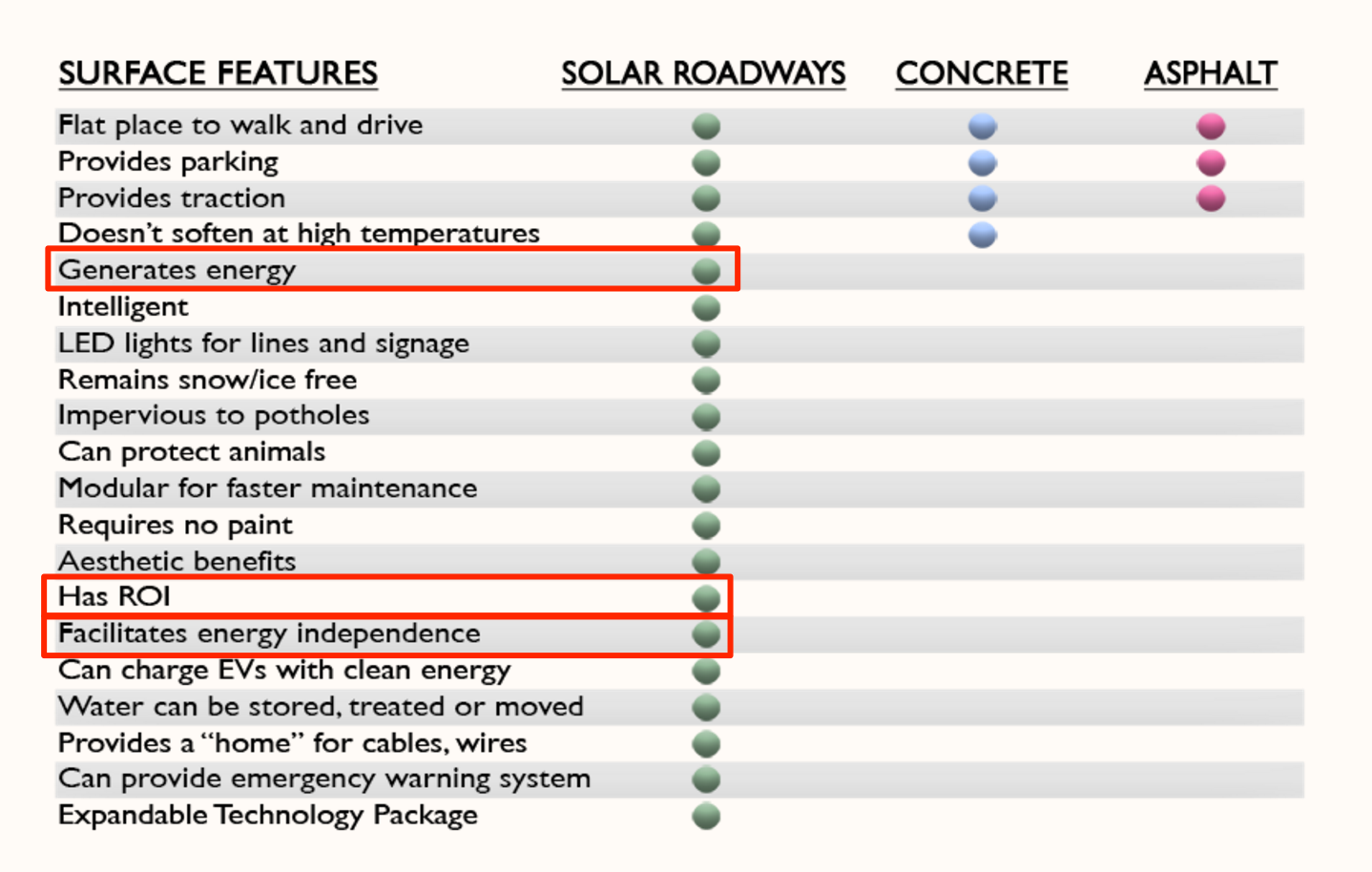
We’ve already established that during a snowstorm, if they want to keep snow from building on the road, these tiles will have to operate at a huge loss, but that’s a pretty small percentage of the time. What about for the lifetime of a tile?
From Alpha Paving Texas, asphalt lasts an average of 25 years (call it 24 for the sake of easy math). We’ve already established that asphalt costs $240,000 per mile to lay down per mile for a two-lane road (44 feet wide). So the math is pretty simple. Each mile of road is costing $10,000 per year, and returning nothing.
That road is a total of 232,320 square feet. At an area of 4.39 square feet per tile, that’s 52,920 tiles. How much energy will that generate? From SR’s own numbers, each tile will generate a peak of 46 watts, for about 4 hours a day (weather and such aside). We’ll run with this, even though it’s an absolute best-case scenario. So that’s 46 watts times 4 hours times 52,920 tiles times 365 days a year, for a total of 3,554 GWh generated per year. According to Cleantechnica, wholesale solar power costs five cents per kWh, so that’s how much money someone will be making back on it. It’s not really clear who’s going to be owning these panels, but it’s offsetting the cost of installation either way. At five cents per kWh, that’s a grand total ROI of $177,700 made back on these panels. So that road, assuming it lasts the same amount of time, is going to make about $4.3 million in its lifetime and cost $16 million. That’s an ROI of -73.13%, which is really shitty. Granted, the ROI of an asphalt road is -100%, but there’s a lot less money going in in the first place. All told, the net cost of the SR road is $585,000 per year.
There are countless more issues that I won’t go much deeper into. How will you keep the tiles clean? Cars are constantly shedding tire dust, oil, water, and particulate pollution on to the road surface, not to mention tiny bits of trash and such that fall off of or are thrown out of vehicles. That stuff adds up, and due to the way solar panels are engineered, even a small obstruction has a disproportionate effect on the efficiency of the panel. What about traction? SR says that their glass tiles have passed traction tests in civil engineering labs, but look at it.
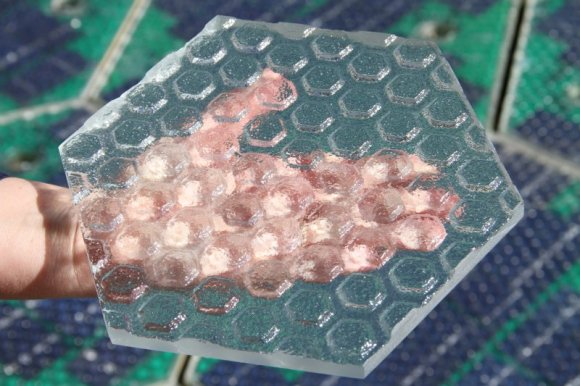
You can’t make it too rough, or light won’t get through. And I find it impossible to believe, without seeing some sort of test video (that doesn’t exist), that a rubber tire will grip a wet glass panel the same way it’ll grip wet asphalt. You don’t have to be an engineer, you just have to be a human who’s walked on a wet tile floor with shoes on. And what about longevity? Solar Markers give their road lights a life span of five years. This site says that household LEDs will last 50,000 hours, which at 24 hours a day is about six years. SR claims that their LEDs will outlast their panels, which they say should last 20-30 years, but they don’t say how that’s possible. What about durability? If a washing machine falls off a truck or a car rolls in an accident, chances are an asphalt or concrete road will be mostly fine. What about the glass? There’s no way it’ll fare as well as what is effectively a stone road surface. And what about road glare? You can be damn sure that the sun bouncing off of glass tiles—especially if they’re somehow kept clean—will be worse than it is off of black asphalt.
At this point, I feel like I’ve adequately explained why this won’t work. They’re too expensive, they’ll take too long to install, they don’t return any money for the cost of installing them, they can’t do what they’re supposed to do, etc. But all of this has been building to the single biggest question that SR and its proponents have failed to answer:
If you want to power the entire country with solar panels, why in the name of all that is good and pure would you want to put those solar panels UNDERNEATH CARS?
Seriously. Take a second and think about that. Of all the options for places to put solar panels, who in their right mind decided that the best place to put them would be in probably the most physically taxing location imaginable? SR says that there is roughly 33,000 square miles of roadway in the US, and bases their energy estimates on that number. But would you like to know what there is almost three million square miles of—almost a hundred times the area of all our roads put together?
Open fucking space.
That’s as of the 2000 Census, so that number will have gone down a tiny bit. And it includes national parks and other protected land, but even so, there is a shockingly large amount of space where we could build solar panels. And those solar panels would be vastly cheaper and easier to install and run, for a number of reasons:
- No new R&D required. We already know how to make solar panels.
- Ability to angle them toward the Sun means more efficiency (almost two-thirds more, actually).
- Ability to consolidate them near high-voltage inverters means more efficiency in adding power to the grid.
- They’ll be easier to keep clean, since they won’t have cars on them.
- They don’t have to be as durable, since they won’t have cars on them.
- They’ll be easier to maintain, since they won’t have cars on them.
- They’ll be exposed to sunlight for more hours of the day, since they won’t have cars on them.
- They won’t have to light up or sense wildlife or melt snow, since THEY WON’T HAVE FUCKING CARS ON THEM.
Think of one piece of electronic equipment that benefits from being run over by hundreds of cars a day. Think of one thing, of any kind, in any context, that benefits from being run over by hundreds of cars a day. It doesn’t exist. Running hundreds of cars over a thing is one of the worst things you can reasonably do to that thing, and yet these people have spent the last decade trying to make delicate electronics that you can run hundreds of cars over. This is what I mean by a garbage fire of an idea. SR have needlessly introduced a massive obstacle to the problem of solar panels (ALL THE GODDAMN CARS), and then raised millions of dollars trying to fix that problem. That problem doesn’t exist. Don’t put the solar panels under the cars. Here are some far better ideas that took me zero seconds to come up with:
- Put the solar panels OVER the roads
- Put the solar panels NEXT TO the roads
- Put the solar panels in Arizona or Southern California, where there is a shitload of barren desert that no one is using anyway and that gets approximately one million days of sunlight a year.
See how easy that was? Just to make my final point, I decided to see what it would cost to cover my whole apartment’s parking lot in solar panels, both with the SR technique (stupid) and by building a giant carport with standard home panels on top.
SR already told us it would cost $10,000 for 144 square feet of tiles, so my 180-by-180-foot parking lot (32,400 square feet) would cost about $2.3 million and generate 338 kilowatts of power, assuming full sunlight, which it won’t get because it’s a parking lot and it’s full of cars.
Now for the not-stupid way. Solar carports already exist, and shade your car while generating electricity. According to Solar Electric Supply, I can get a carport setup that will cover roughly the same area and generate 500 kilowatts of power — way more than what SR’s system will give me — for around $750,000. That’s more power, shaded parking, and faster and easier installation, and I’d still have enough money left over to buy five or six condos. Plus, those panels will pay for themselves in 20 years. SR’s roads will take 90 years, and they don’t last that long. And you know what else is great about the carport panels?
They won’t have fucking cars on them.
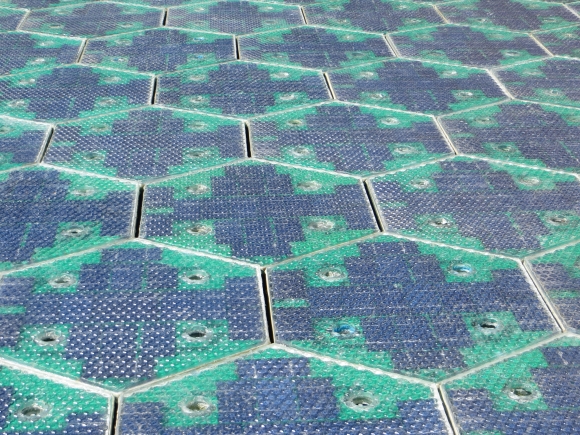

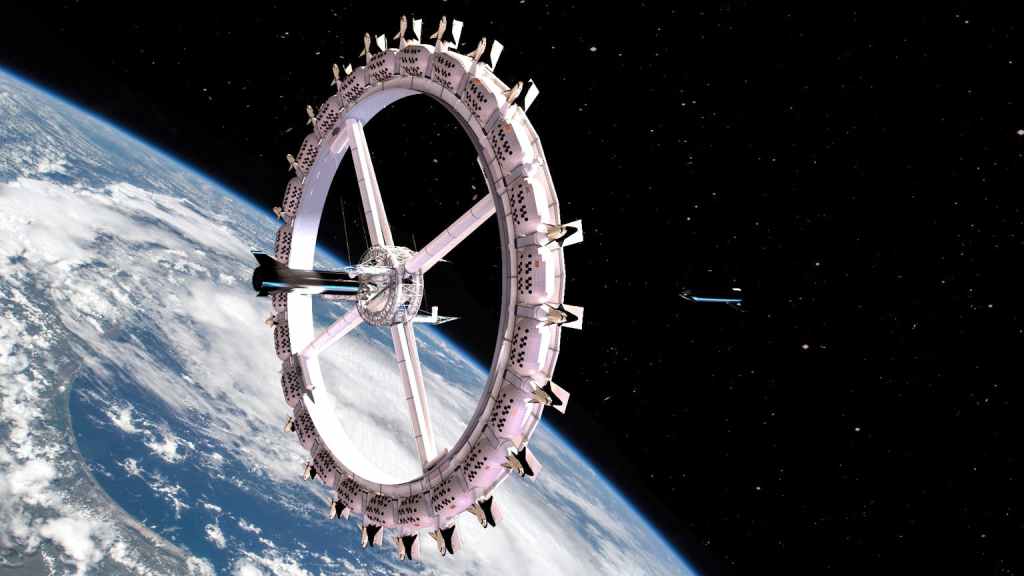


Leave a comment